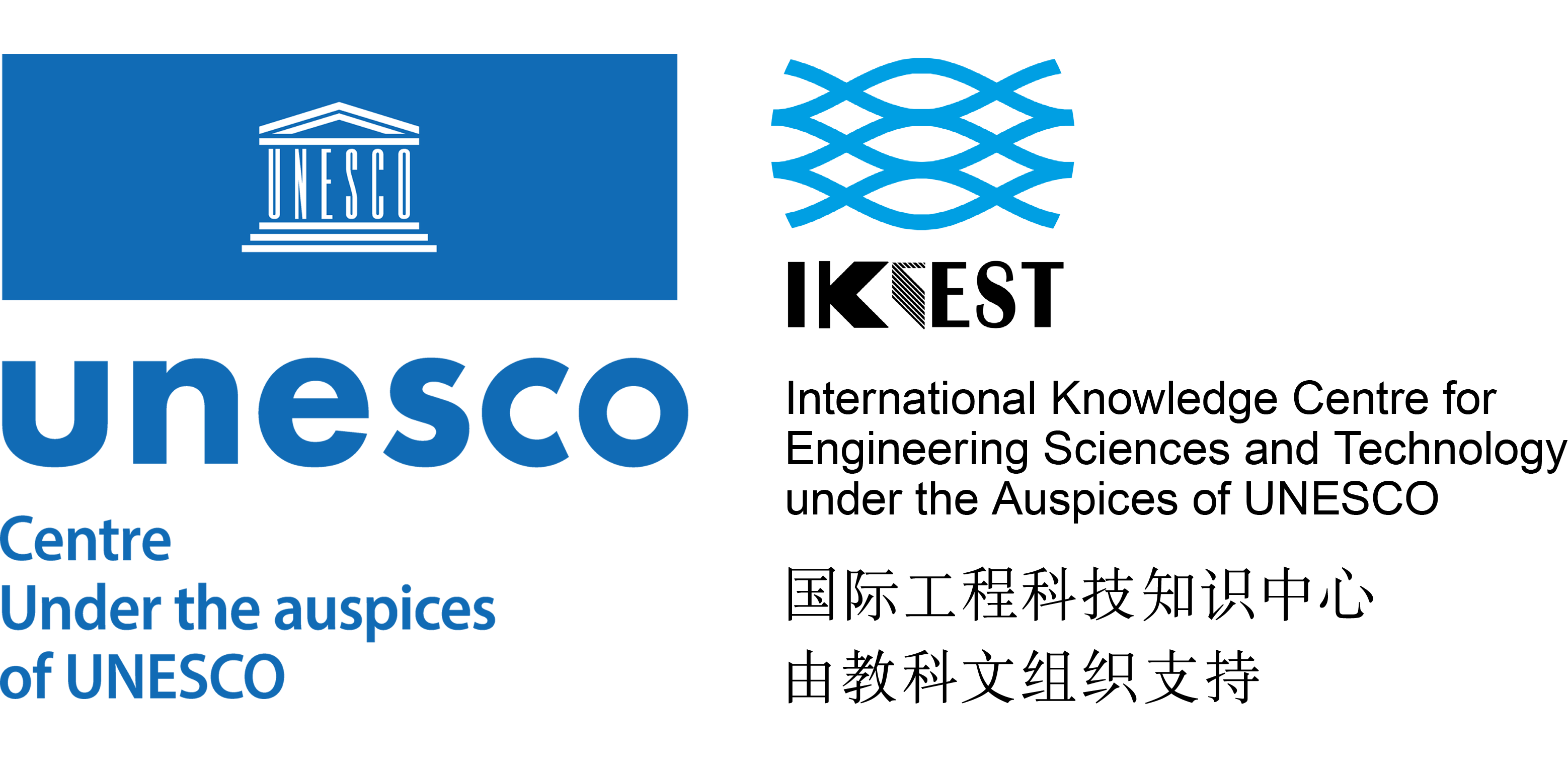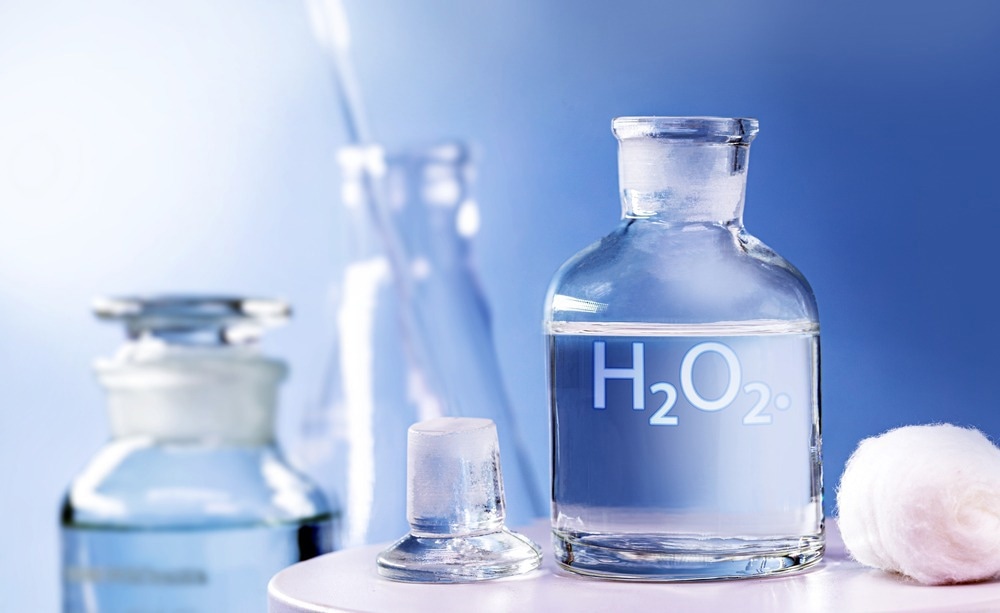The severe acute respiratory syndrome coronavirus-2 (SARS-CoV-2), which is the causal agent of the ongoing coronavirus disease 2019 (COVID-19) pandemic, is transmitted through respiratory droplets of an infected person. These droplets are formed when COVID-19 patients sneeze, cough, or speak. Another route of SARS-CoV-2 transmission is by touching contaminated surfaces, followed by touching the mouth, eyes, or nose.
Study: Evaluating the Virucidal Efficacy of Hydrogen Peroxide against SARS-CoV-2 on Different Types of Fabrics. Image Credit: RHJPhotos / Shutterstock.com
Background
SARS-CoV-2 remains viable for 72 hours on various materials, such as plastic and metals, which aids the continual spread of this virus. SARS-CoV-2 also survives for up to 48 hours on some fabrics and wood.
Some of the common non-pharmaceutical strategies used to restrict the transmission of SARS-CoV-2 include frequent hand washing, wearing a face mask, social distancing, and using disinfectants.
Most enveloped viruses like SARS-CoV-2 have been reported to be sensitive to disinfectants. Disinfectants are chemicals that can inactivate or kill pathogens.
Some common disinfectants include alcohol, formaldehyde, chlorine and chlorine compounds, glutaraldehyde, hydrogen peroxide, ortho-phthalaldehyde, phenolics, iodophors, and peracetic acid.
Research has shown that human coronaviruses, such as SARS-CoV and the Middle East respiratory syndrome coronavirus (MERS-CoV), are effectively inactivated within one minute by 0.5% hydrogen peroxide, 70% ethanol, or 0.1% sodium hypochlorite.
The majority of these disinfectants, except for hydrogen peroxide, are toxic to humans and, as a result, are used for decontaminating objects.
Hydrogen peroxide is regarded as a high-level disinfectant that can also be utilized as an antiseptic. The viricidal effects of hydrogen peroxide against SARS-CoV surrogates, swine influenza virus, and avian influenza virus have been reported in previous studies.
To date, no evidence has been documented related to the efficacy of disinfectants in eradicating pathogens from body surfaces and clothes. In a recent study under review at the Scientific Reports journal and currently available on the preprint server Research Square*, scientists address this gap in research.
The antiviral activity of hydrogen peroxide against SARS-CoV-2
The effect of hydrogen peroxide on several types of fabrics contaminated with SARS-CoV-2 was evaluated. Mechanistically, hydroxyl free radicals produced by hydrogen peroxide can destroy DNA, lipids, and other cellular materials of pathogens. As SARS-CoV-2 is an enveloped virus containing a lipid layer, hydrogen peroxide can kill the virus by effectively destroying the envelope layer through oxidization.
The effectiveness of hydrogen peroxide at a clinically suggested concentration of 3% against SARS-CoV-2 on different types of fabrics was compared. The effectiveness was determined based on two contact times of 30 and 60 seconds.
Interestingly, 3% hydrogen peroxide was found to eliminate 99.9% of SARS-CoV-2 in all types of tested fabrics within 30 seconds. Most importantly, this concentration of hydrogen peroxide is safe.
Hydrogen peroxide can be applied as a disinfectant for fabric materials, such as clothes and face masks. It can also be used to disinfect shared equipment that cannot be washed, such as cloth furniture and soft toys in nurseries.
The application of hydrogen peroxide on fabrics is expected to positively reduce SARS-CoV-2 transmission, as previous studies have reported that this virus can survive on cotton and polyester fabrics for less than a day, which is enough time for significant viral spread in public places.
Common disinfectants such as hypochlorite, alcohol, and chlorine cannot be used on fabrics. For example, hypochlorite can bleach fabric and cause skin irritation, whereas many people are sensitive to chlorine odor.
Alcohol is inflammable, and prolonged usage can cause skin dryness and irritation. Comparatively, the application of hydrogen peroxide on fabrics is not associated with these disadvantages.
Conclusions
The current study revealed that 3% hydrogen peroxide can rapidly eliminate 99.99% of SARS-CoV-2 on different types of fabrics. Thus, this chemical can be effectively applied as a disinfectant to reduce the further spread of SARS-CoV-2 through fabrics.
*Important notice
Research Square publishes preliminary scientific reports that are not peer-reviewed and, therefore, should not be regarded as conclusive, guide clinical practice/health-related behavior, or treated as established information.








 User Center
User Center My Training Class
My Training Class Feedback
Feedback













Comments
Something to say?
Log in or Sign up for free